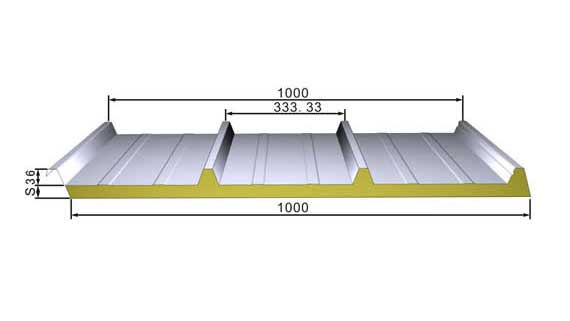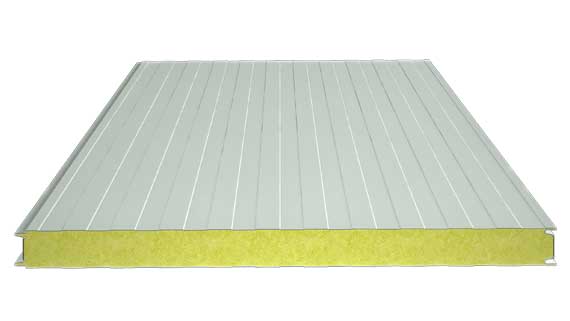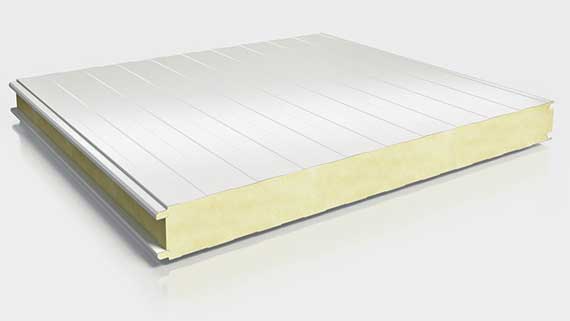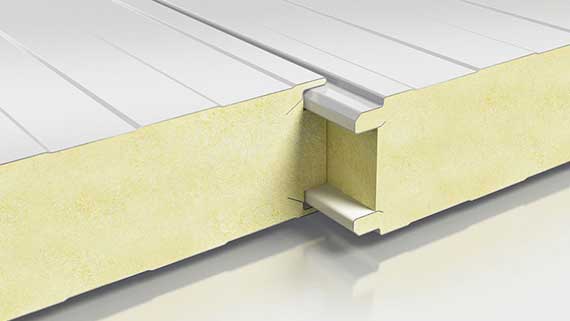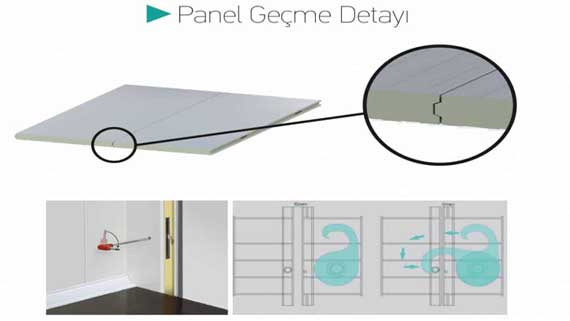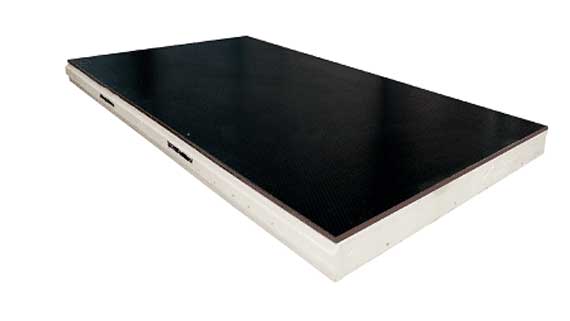Cold Room Panels
Polyurethane (PUR) or PU as it is more commonly called, is used in UR® panels. The rigid polyurethane foam is favorable for the manufacturing of refrigeration and cold storage panels due to its advantageous mechanical, chemical, biological and moisture properties. PUR / PU panels are manufactured by injecting high pressure polyurethane foam between two steel skins in a tightly enclosed cavity. The panels are designed for quick cold room assembly and can be easily joined via an embedded tongue-and-groove system for a secure fit.
Advantages of PU Foam;
- Food grade compliance
- Superior thermal performance
- Moisture and corrosion resistance
- High density mechanical strength
- Fire retardant (incorporated)
- CFC free
Insulation performance for PU panels is high even with a modest material thickness. Air and water cannot be penetrated and circulated within the panel walls, which provides better insulation and allows installation in all weather conditions.
PU panels are particularly suitable for wall and roof applications, due to their significant structural strength. In the event of fire, the foam does not drip or run, minimizing its flammable mass and preventing further flames from spreading.
| Dimension: | 1110 mm width x any desired length |
| Thickness: | 50 mm. / 80 mm. / 100 mm. / 125 mm. / 150 mm. / 180 mm. / 200 mm. |
| Weight: | Varies in accordance to thickness |
| Skins: | Minimum* 0.6 mm (0.02 in) thick painted galvanized steel exterior and interior facers *Other colours and finishes are available |
Typical Physical Properties ( PU )
| Property | Test Method | Unit | Result |
| Core Density | ISO EN 845 | Kg/m³ | 42 – 44 |
| Thermal Conductivity | DIN 52612 | W/m.K | 0.019 |
| Compressive Stress | DIN 53421 | N/mm² | 0.16 |
| Dimensional Stability | DIN 53431 -30ºC +80ºC | % | Max 0.1 Max 0.2 |
| Water Absorption | DIN 53428 | Volume change (%) | <2 |
| Closed Cell Content | ISO 4590 | % | >90 |
| Flexural Strength | DIN 53423 | N/mm² | 0.26 |
| Bending | DIN 53423 | mm | 10 |
| Elongation At Break | – | % | 5 – 10 |
| Water Vapor Transmission | – | Perm – in | 1.8 – 3.8 |
| Operating Temperature | – | ºC | -40 to +80 |
Extruded polystyrene foam (XPS) is produced on extruding machines in the foam of continous foam billets. The foam has an established reputation for long-term reliability and resistance to the elemental forces of nature.
Due tof the extrusion manufacturing process, XPS does not require facers to maintain its thermal or physical property performance.
The floor of cold storage warehouse is the place where heat loss is at the highest. For this reason, it is important that floor insulation is installed by persons experienced in the field.
XPS is a foam material produced and used for the purpose of heat insulation which has a homogeneous cell structure.
Polystyrene, the raw material of XPS, is extruded in the needed thickness along the line with extrusion process. A stable cell structure in the appearance of homogeneous honeycomb is achieved by means of this production under constant computer control. Cells are bind to each other on all sides. Air is enclosed inside the cells. The best heat insulation known is provided with static dry air.
The surface of the material taken from the production line is configured as armored or rough surface in the direction of usage requirements.
By means of this structure, Extruded Polystyrene foam (XPS) does not take in water and is not affected from moisture and is superior to other heat insulation materials in comparison.
The specifications of XPS (FOAMBOARD) which will be used for the floor insulation in your facility are as below.
SPECIFICATIONS:
- Low thermal conductivity value.
- Continuous and non-decreasing λ- thermal conductivity value by means of not absorbing any water.
- Resistance against frost.
- No decrease in thickness in time due to high compression and bending strength.
- High elasticity module and dimensional stability.
- Optimum vapour diffusion resistance due to µ value proper to place of use.
- XPS products can be used in recycling without mixing with other plastics.
- Can be cut with all kinds of cutters, cannot be pulverized, does not diminish.
- Has a Closed Pore Cell Structure.
FLOORRING WITH SANDWICH PANEL
Floor panels are produced in two different ways as Plywood and Plywood 304 Cr-Ni Stainless Steel as surface material.
Plywood material 1. Class quality 10-12 mm thick upper surface with hexagonal texture made of original birch non-slip, the lower surface is produced as 0.50 mm thick Polyester Coated Galvanized sheet
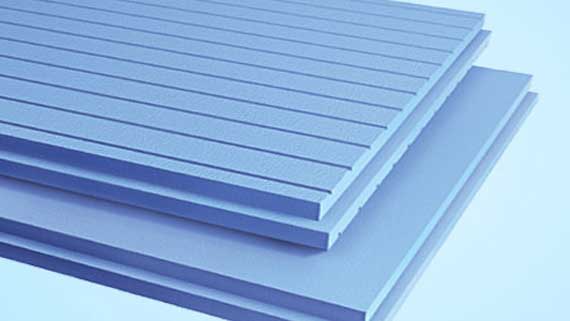
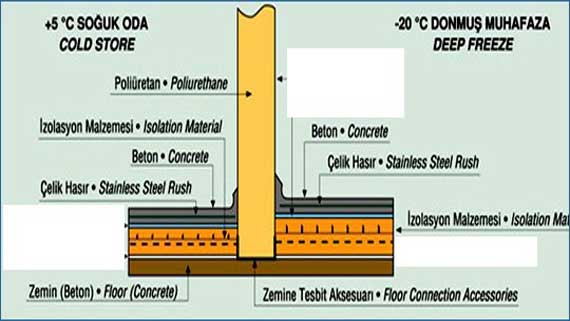
PIR (polyisocyanurate) roofing is recognised for its compressive strength, low weight, ease of installation and dimensional stability. The roofing single layer insulation reduces installation time and costs and provides long term energy savings for buildings. The core material of PIR (polyisocyanurate) foam also serves to be more environmentally friendly than other materials.
| Dimension: | 990 mm x desired length |
| Thickness: | 25 mm. / 40 mm. |
| Weight: | Varies in accordance to thickness |
| Skins: | Steel coil ( upper / lower ) |
